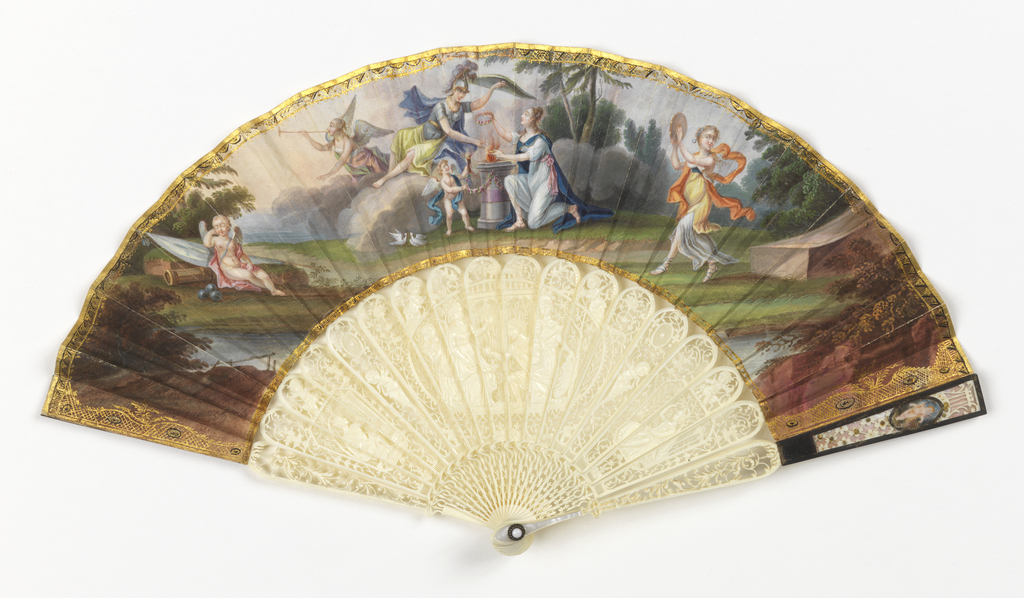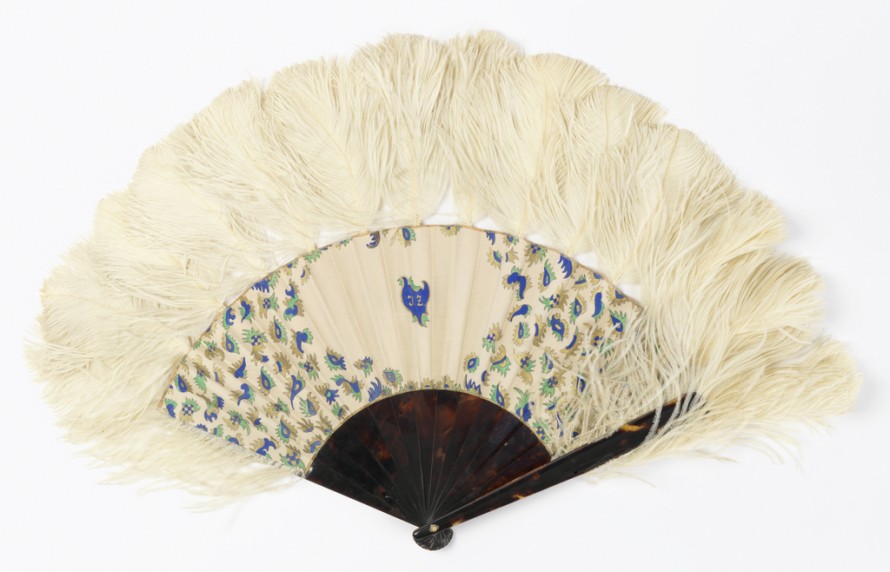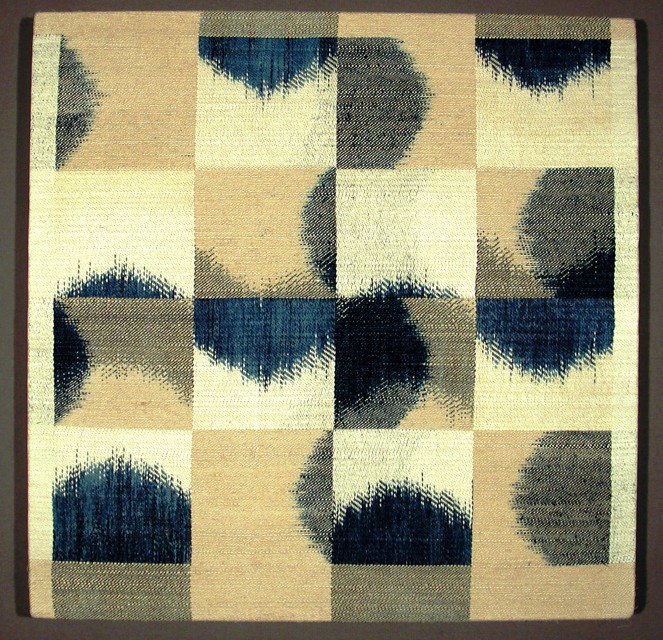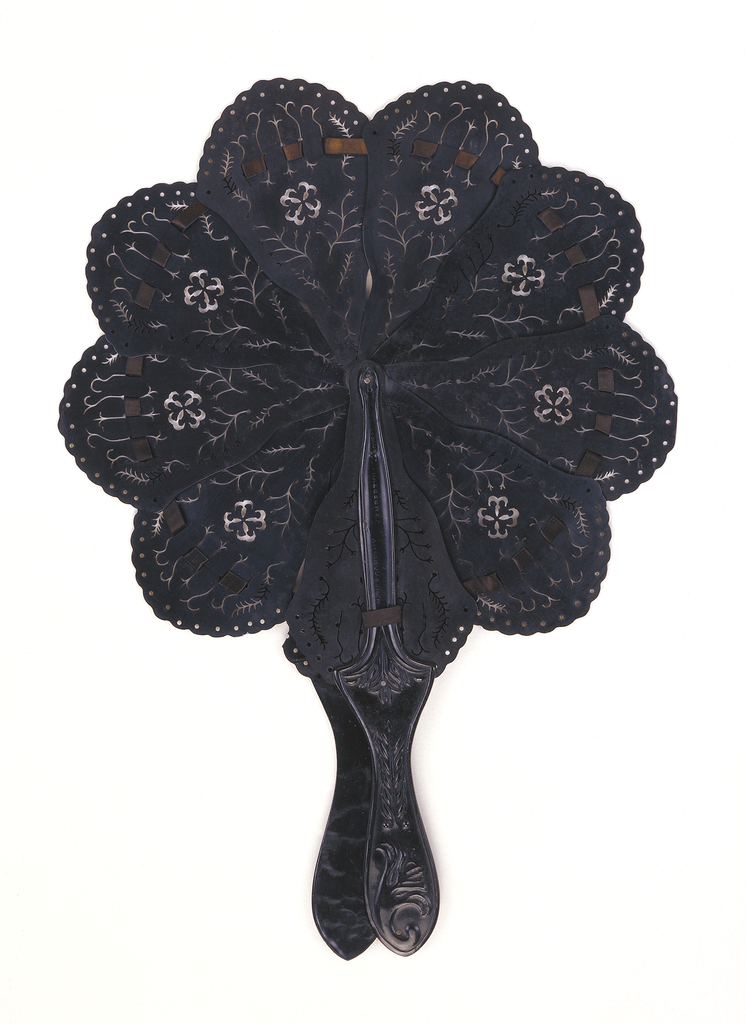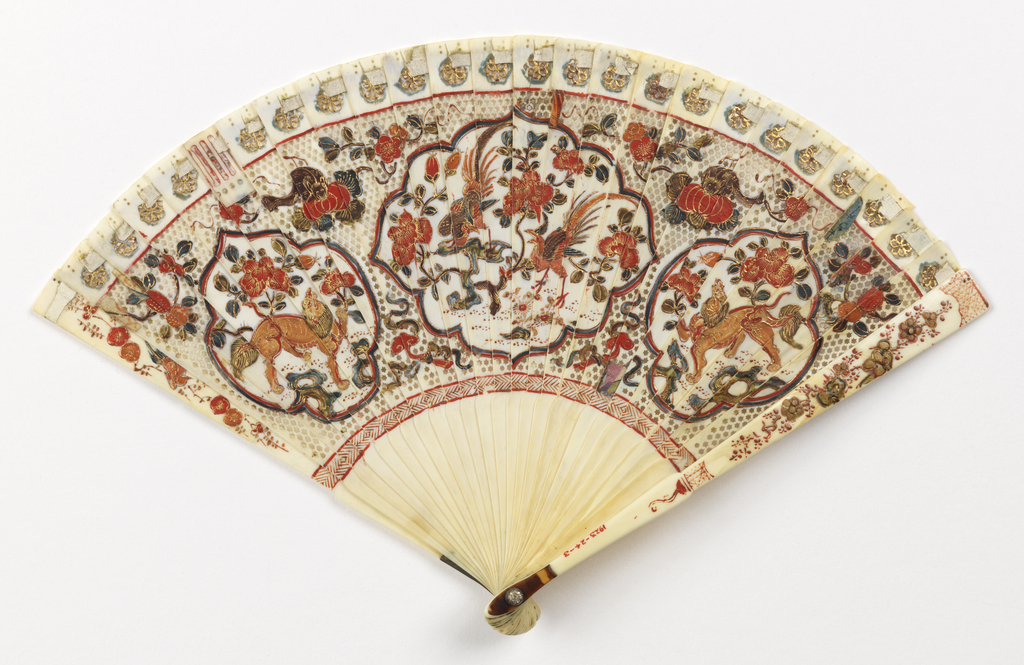This rare and beautifully painted fan dates from the early nineteenth century, a period when smaller fans became fashionable. Cooper-Hewitt, National Design Museum’s collection includes other small fans of the early nineteenth century that are often made of spangled silk and net, such as this delicate fan from 1805-1810: Folding Pleated Fan. France, 1805-1810. Gift...
Of the 300 folding fans in the Cooper-Hewitt, Nation Design Museum’s collection, very few have as fascinating a provenance as this beautiful fan designed by the artist Simon Lissim (1900-1981). Lissim was a prolific painter, stage designer, illustrator, metalwork designer, ceramicist, and textile designer whose works are found in the collections of over 70 museums...
Cooper-Hewitt, National Design Museum is fortunate to have in its collection three textiles designed and woven by Ethel Stein, a preeminent twentieth and twenty-first century American artist and weaver. Stein’s early design influences include studying in the 1940s with the Bauhaus artist and designer, Josef Albers (1888-1976) http://en.wikipedia.org/wiki/Josef_Albers . The threads of Albers teaching appear...
At first glance, it is difficult to know how to identify the material composition of this folding fan. The material is black and stiff with a drilled pattern of open decorative elements and a raised design on the handle. On closer examination, the words, “Man’f Company Lambertville Goodyear Patent” can be seen stamped into the...
This rare, early 18th-century Chinese fan for the Dutch market is a wonderful example of the many interconnections through time that can be extracted from an object around its design, technical details, and state of preservation. The fan itself is emblematic of the history of fan design, which originated in the Orient and arrived in...
